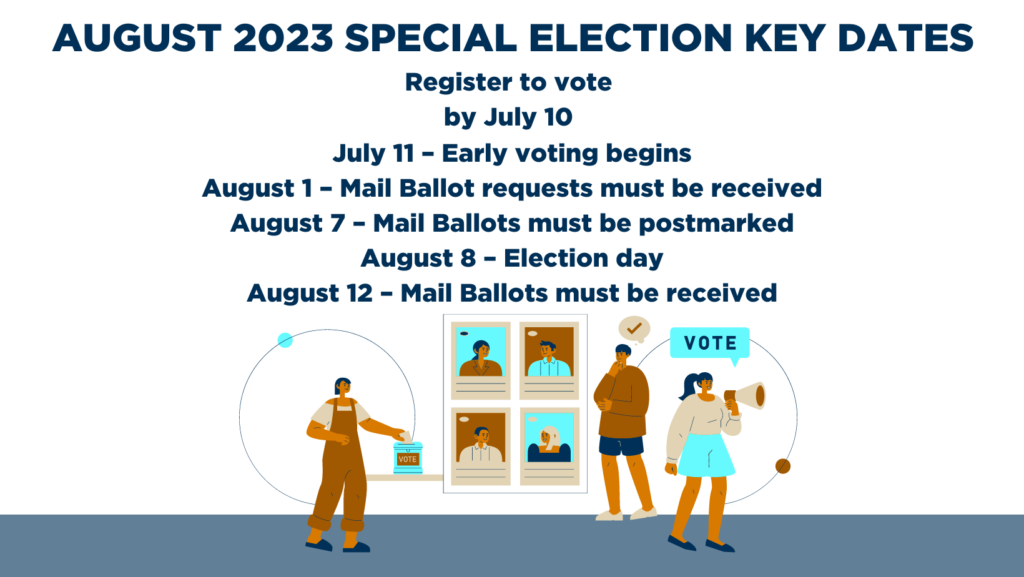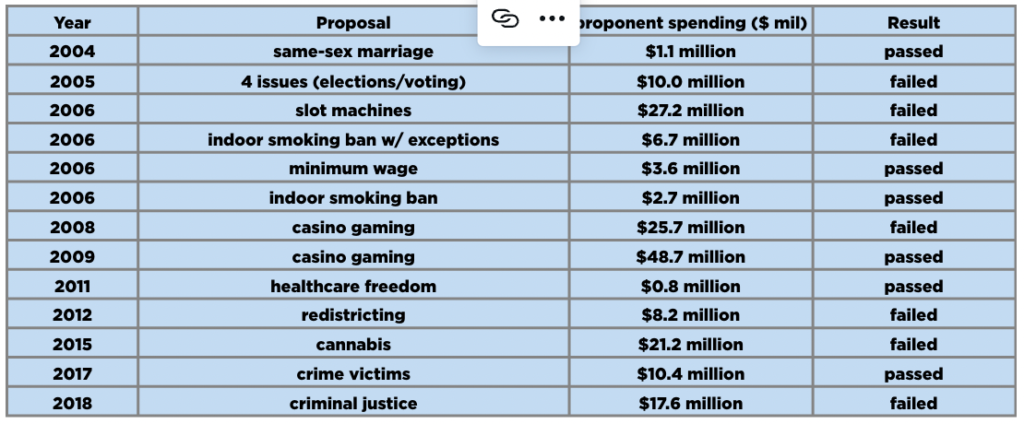Ohioans go to the polls on November 7, 2023 to participate in a variety of local questions, including the election of mayors, city council, school board and even decide on local ballot issues. Also on the ballot this year will be two citizen-initiated proposals to protect reproductive freedom and regulate marijuana like alcohol.
More About Issue 1: Reproductive Freedom Amendment
More About Issue 2: Regulate Marijuana Like Alcohol
Innovation Ohio will update the election hub with our latest research and analysis about these issues as well as to provide guidance on how to participate when it’s time to cast your vote.
Before voting begins, take the time to make sure you are registered to vote at your current address. You have until October 10 to register or make updates to your voter registration.



